Ad Law Reading Room: “Loper Bright’s Disingenuity,” by Coglianese and Froomkin
Today’s Ad Law Reading Room entry is “Loper Bright’s Disingenuity,” by Cary Coglianese and David Froomkin. Here is the abstract:
Loper Bright prompted a tidal wave of reaction throughout the legal community when the Supreme Court announced it was overruling Chevron, the most frequently cited Court decision in administrative law. But Loper Bright cannot mean what it says. This article identifies three respects in which the majority opinion’s claim to have overruled Chevron distorts the real substance of the Court’s logic. First, we apply Loper Bright’s framework to the facts of Chevron and show that it would have produced the same outcome—if nothing else, an exceedingly curious result if Chevron were indeed overturned. Second, even as applied to other cases, the Loper Bright framework does not truly depart from the Chevron framework. Chevron’s premise was that Congress had delegated the authority to interpret an ambiguous statutory term in an agency’s enabling statute to the agency. Loper Bright may eschew the word “deference” but without changing the underlying analysis. We show that this kind of wordplay is of little value in making institutional decisions about the allocation of authority. Finally, the very craft of the Loper Bright opinion betrays the perils of the exercise that Loper Bright demands of reviewing courts. Loper Bright instructs judges to identify the “best reading” of administrative statutes, suggesting that an even-handed exercise in recovering semantic meaning can identify extant lines of authority in the administrative state. But the decision rests on an interpretation of the Administrative Procedure Act that is itself selective and slipshod. Ultimately, Loper Bright’s formalist rhetoric turns out to mask what is going on under the hood. When judges substitute their views of what is “best” for those of agencies, arguments about statutory meaning can quickly succumb to choices about policy. Avoiding such an outcome, of course, was one of Chevron’s core aims.
The Supreme Court’s decision in West Virginia v. EPA—culminating a term that had seen the Court solidify a muscular version of the major questions doctrine—immediately spurred a raft of law review articles picking apart the Court’s moves. The reception given to Loper Bright, by contrast, has been relatively more muted. To be sure, the academic commentariat, which was mostly supportive of Chevron, has voiced criticism of that decision’s overruling. But by and large, the literature has been more concerned with assessing the post-Chevron future than with interrogating Loper Bright’s internal logic.
Enter Coglianese and Froomkin. Their article promises a scathing critique of Loper Bright, and it delivers. An enjoyable and propulsive read from start to finish, “Loper Bright’s Disingenuity” explores Loper Bright’s purportedly formalist foundations and finds them troublingly weak. It’s sure to become a go-to citation for those critiquing the justices’ handiwork.
The Ad Law Reading Room is a recurring feature that highlights recent scholarship in administrative law and related fields. You can find all posts in the series here.



